VICE's #BlackLove series celebrates the bonds between black people through intimate, powerful, and uplifting narratives of love in all its forms. Through these stories, we honor the art, activism, and beauty that grows from black love.
Akintola Hanif has been documenting his community in and around Newark, New Jersey, for the better part of two decades. The photojournalist and filmmaker first self-published his magazine, HYCIDE, in the summer of 2011, debuting each new issue at local art galleries and cultural venues and attracting hundreds of fans and followers to popular events. The magazine, where he serves as editor-in-chief, quickly became a platform for Hanif to share the work of fellow photographers and artists he admired, as well as residents of a city who had a story to tell.
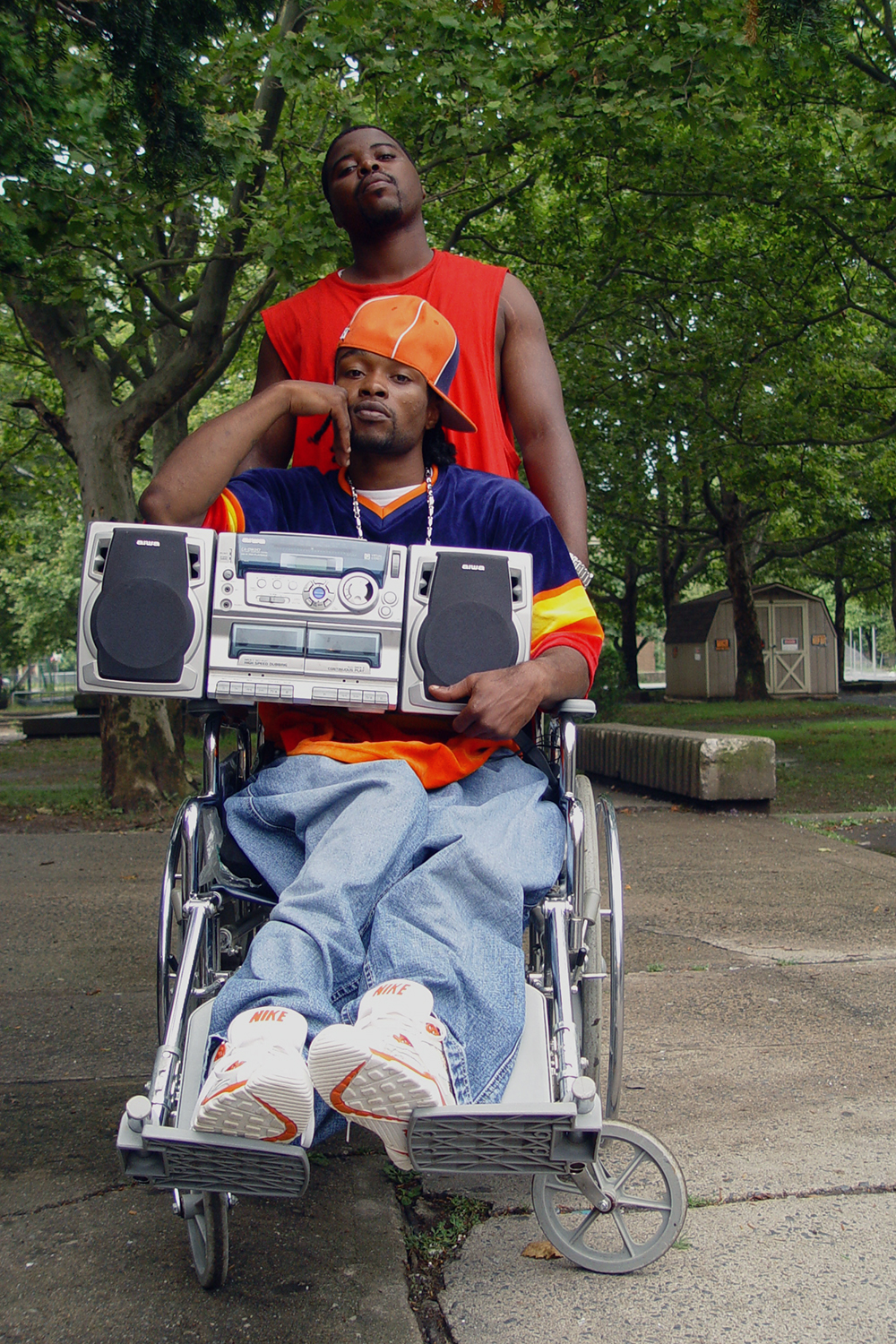
By 2015, HYCIDE had been included in collections at the Schomburg Center for Research in Black Culture, the Metropolitan Museum of Art Thomas J. Watson Library, the International Center for Photography, the Newark Public Library, and the Library of Congress. Hanif’s photographs have also been part of collections at the New Jersey State Museum and National Museum of African American History and Culture, and his photography exhibitions received rave reviews and ample coverage in publications like the Village Voice and New York Times.
Then, in January 2017, Hanif suffered a stroke. He wasn't sure he would recover, but two years later, he’s back at it and more focused and serious than ever about his craft.
By countering negative depictions of black people in the media, Hanif has crafted his own lane for celebrating the lives and experiences of people he's encountered along his journey. I spoke with Hanif about family, community, and the subjects and people who inspire him the most.
VICE: Reviewing your work over the past 15 to 20 years, how would you say the theme of black love shows up in your photography?
Akintola Hanif: I think it’s obvious I love my subjects, meaning black people. It translates in almost every photo I take. I consider myself to have a compassionate or empathetic eye and try my best to present and represent my subjects in their highest light. Even when my subjects appear to be down and out, my images reflect the noble grace I see in them.
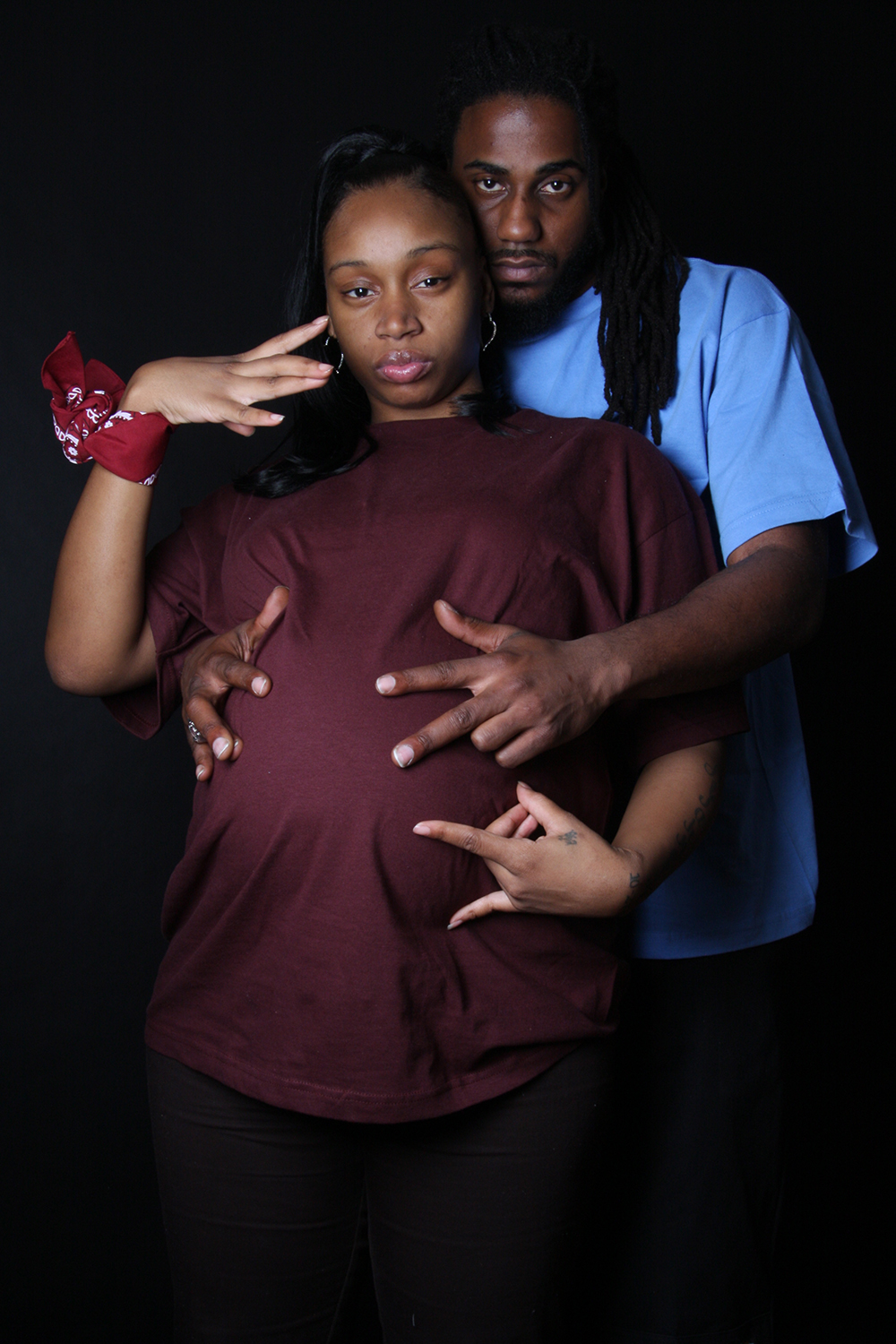
Most of my images have been taken in Newark, specifically in the hood. I’ve worked at a youth and community development agency, YouthBuild Newark, for 15 years. I teach a photography class at their charter school now, but I was the organization’s resident documentarian for years. Because of this, I have access to various hoods in Newark through the young people I’ve met. I developed a close bond and sense of trust with the students and immediately recognized their beauty. I have always chosen to focus on the so-called little people in my work, because the hood has shown me more love than any place in the world. I appointed myself to represent my people correctly and counter negative stereotypes often seen in mainstream media. People don’t always understand that from my work, but if you investigate closely you can find extreme beauty in the most unlikely places.
My work is an honest reflection of things people don’t want to see but [are] right around the corner or nearby. It’s a reflection of black beauty on a whole, not eliminating anybody or focusing on the prettiest usual suspects.
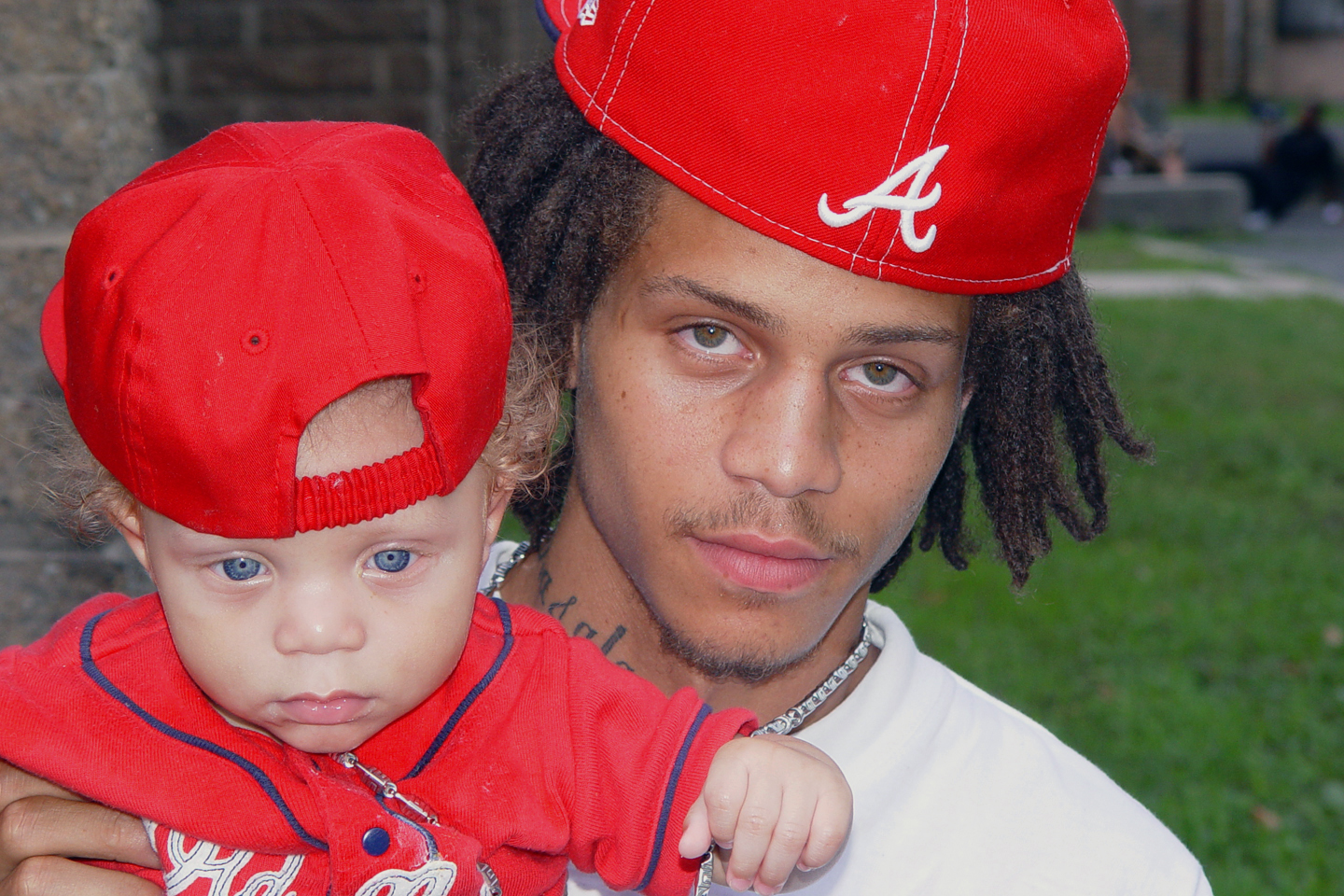
What’s most important to you to demonstrate in your work now?
When I first created HYCIDE, people were always asking me why I focused on gangs, the homeless, and the hood so much. So I said, I might as well let the people tell their own stories, and that seemed to answer everyone’s questions all at once. HYCIDE was created to inspire a sense of understanding and empathy for marginalized and dispossessed people around the world, especially towards people of color. At first, I focused on subculture, art, and conflict. I still focus on art and conflict but I’m not concerned with shock value anymore. I’m concerned with documenting black and brown culture and all of its nuance. Times have drastically changed and it’s only right that my work becomes more political and more inclusive.
Trump’s policies and all of the instances of institutional and systematic racism, white privilege, and discrimination controlling our society are motivating factors in considering the impact I want my work to have now. Black people are still dying and not getting the same fair chances as white people, and I also have my own experiences being discriminated against [over] the way I dress, talk, and look. Most people don’t know I’m a photographer unless I tell them, and when people don’t know who I am and what I do, they treat me differently. My subjects experience this, too. It’s only right that I evolve with my growth and speak to the current issues and things we are dealing with now.
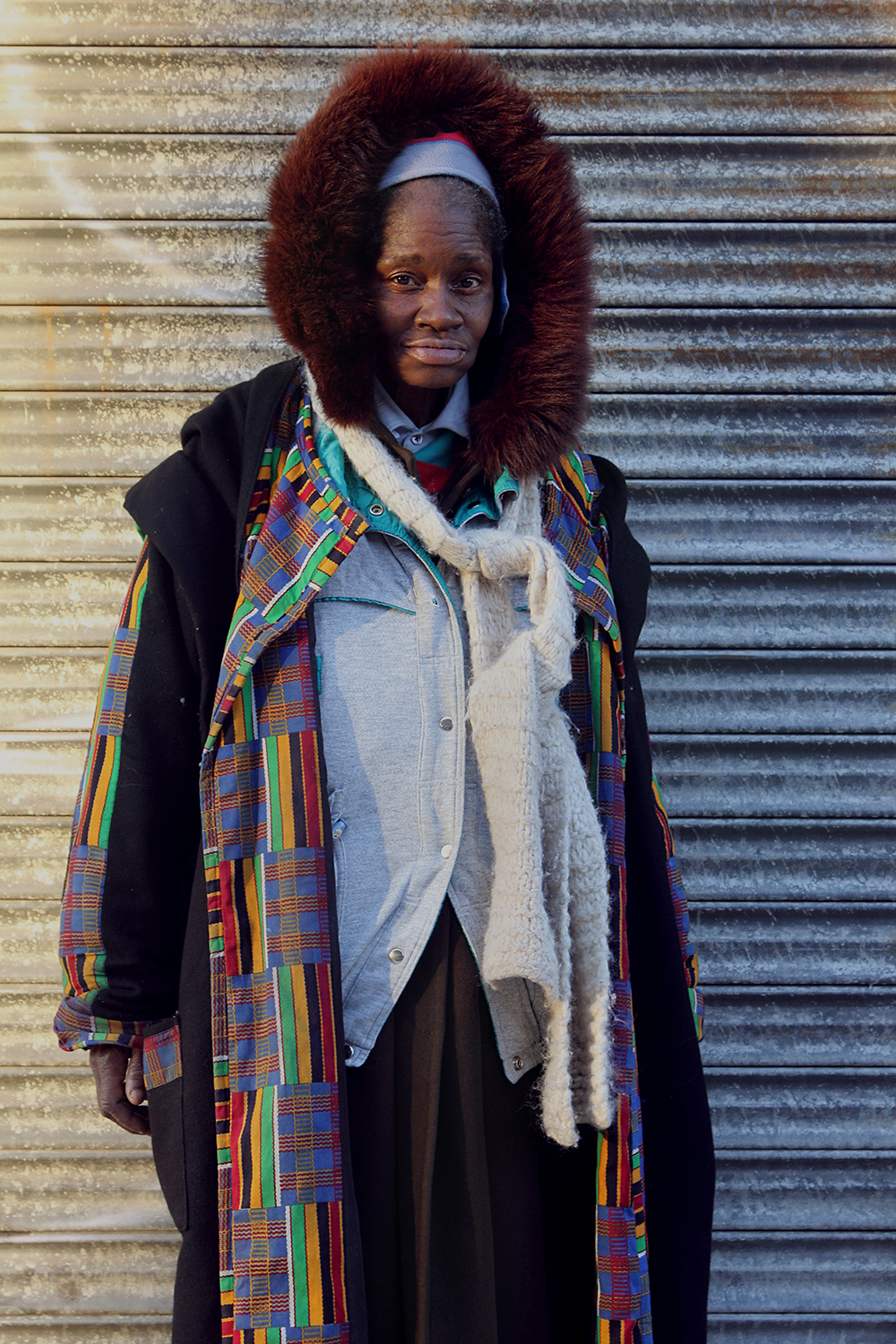
Who are some of your most memorable subjects that build on the idea of black community?
Alice is one subject that stands out to me the most: She is an ageless, homeless fashionista who always shows me love. I also loved photographing Jada and Creep, two gang members in Newark. Jada is a Blood and Creep was Crip. Unfortunately, Creep was killed last year, and Jada started her own organization to mentor and empower young women. As a couple, they shared an uncommon but beautiful journey together. I also love the image of an uncle and his nephew I photographed in Georgia King Village for the cover of the Newark issue of HYCIDE. All of my pictures show some kind of love, even if it’s not obvious to most people.
Since the stroke, how has continuing your work helped you in your own healing process?
HYCIDE saved my life. After my stroke, I was depressed for a year and a half. Getting back to my work brought back my confidence, my passion, and helped me to be social again. I personally get more from it than my subjects. I can only hope that my subjects feel my love for them. I owe everything to them, and I’m beyond grateful. That’s why I continue to speak for my subjects because they have created a career path for me by trusting [me] with their image and showing me unconditional love. It’s only right I give it back.
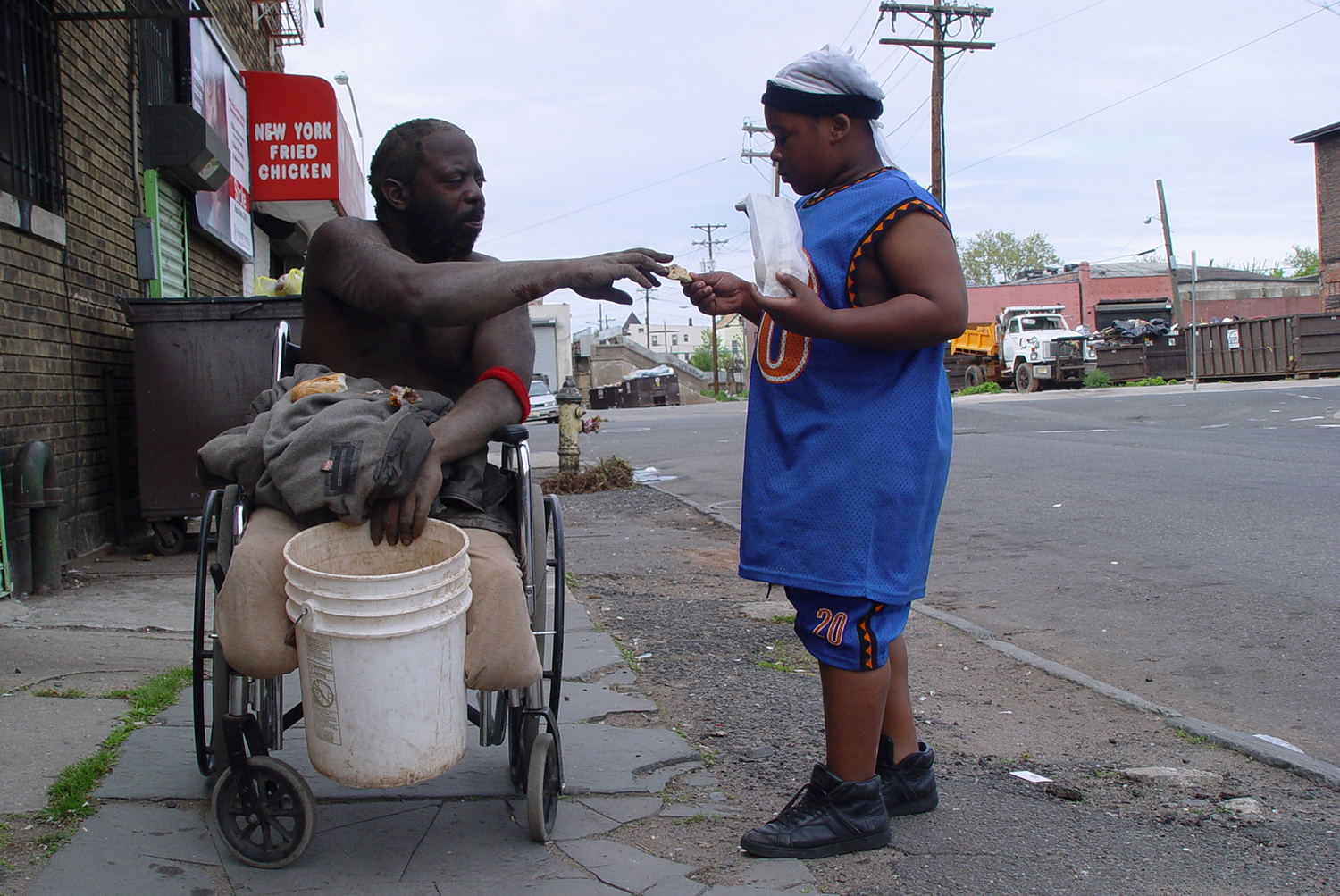
Who are some of the people in your life and studies who exemplify black love and other themes running through your work?
My major influence was my father. He was a painter, a professor, a hustler, an athlete, and much more. My father had a stroke, too. Afterwards, for five years until his death, he was there for me financially and physically. In spite of his condition, he wrote a book of life lessons and jewels for me to reflect on when I could no longer consult him. That was a supreme act of love.
My father was the opposite of the deadbeat black dad stereotype. I know and have experienced first-hand what real black fatherhood looks like. I’m sure subconsciously this has influenced my work greatly.
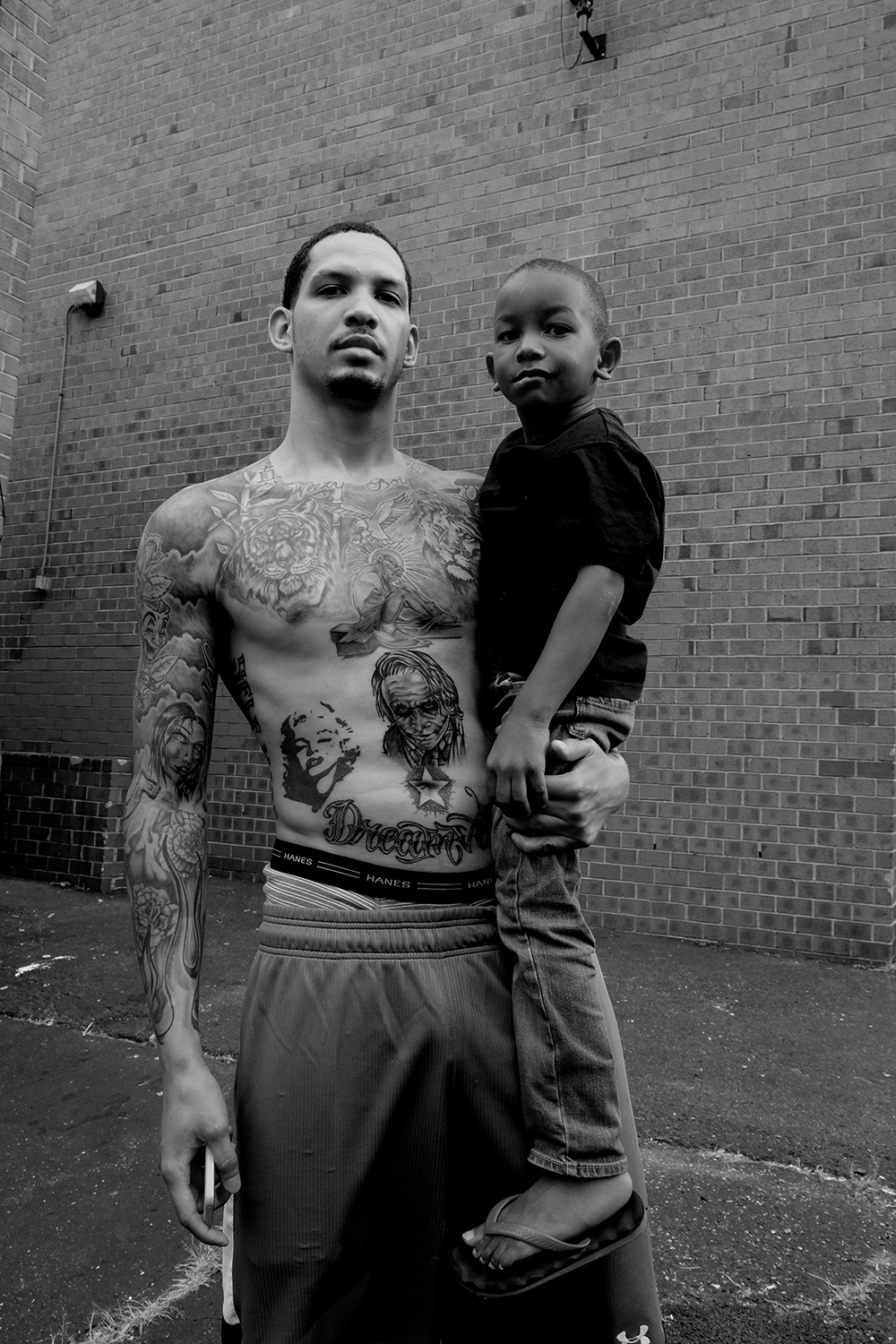
After my own son and my father, I’d say Jamel Shabazz, Gordon Parks, Malcolm X, Muhammad Ali, Swami Muktananda, and my mother are other examples. Jamel Shabazz has had a major influence on me as a man and an artist. I studied the paradigm he crafted for himself and tailored it for me. His love for our people stands out to me the most, though. I admire Gordon Parks’s versatility as a photojournalist, fashion photographer, filmmaker, writer and musician, Ali’s candor and stand-for-the-cause boaster-ism, and Muktananda’s peaceful, all-loving ways,. And my mother was sweet as honey but no sucka, either. I think it’s safe to say that I have taken the best parts of them and incorporated those qualities into myself.
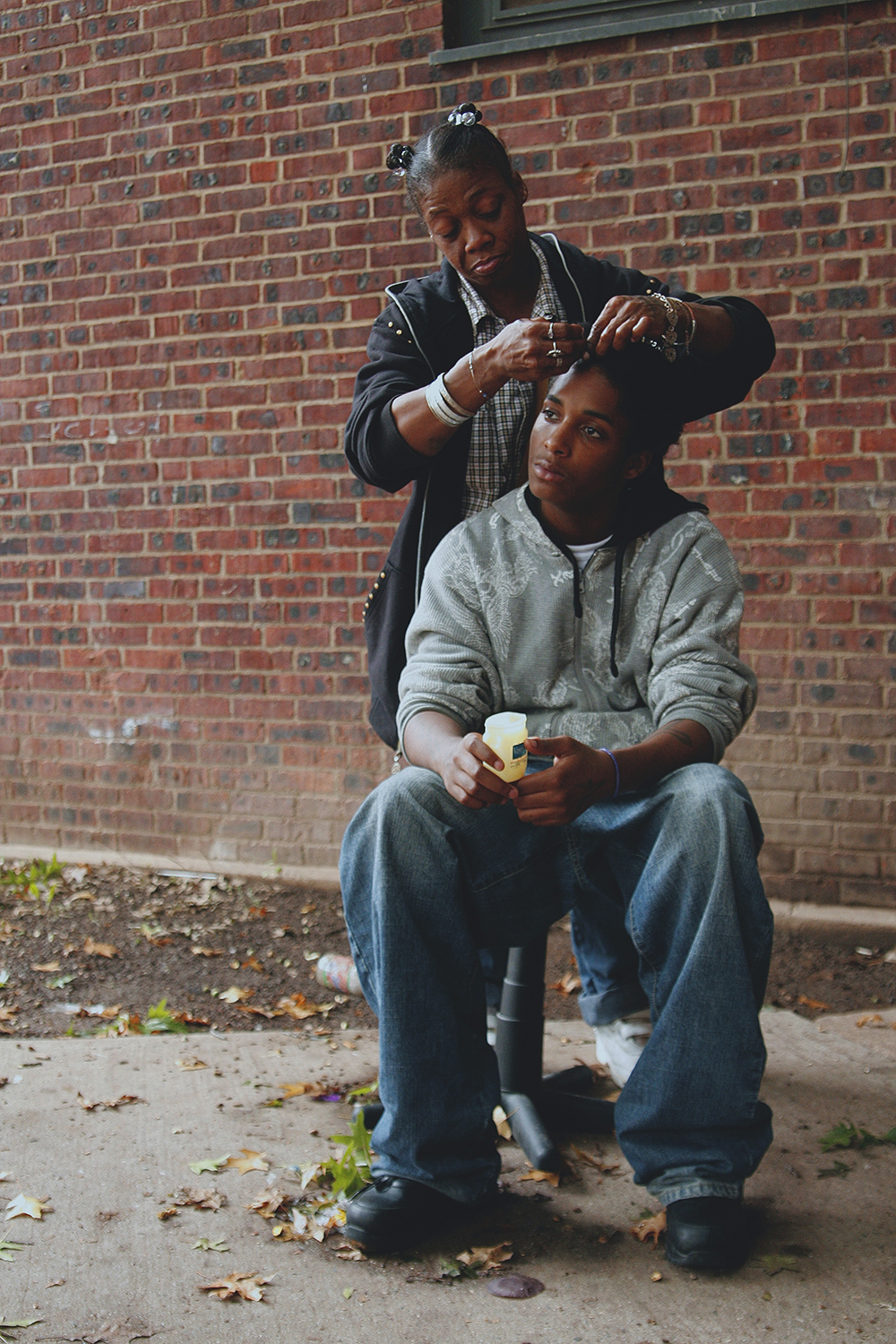
Do you think you could be a champion and inspiration for disabled artists who are uncertain if they can pursue their dreams?
Before my stroke and even more so now, I strive to be an example of possibility for all artists and anyone who doubts themselves. I don’t think of myself as disabled, even though my right arm is partially paralyzed and I walk with a cane. I think of myself as having had a stroke two years ago, and if I can be out here making shit happen in spite of this, there are no excuses. It’s all mental. If you can control your mind and do the diligent work, you can change your life. Use me as an example and put some love on yourself.
This interview has been lightly edited for clarity. Follow Akintola Hanif on Instagram.
Sign up for our newsletter to get the best of VICE delivered to your inbox daily.
Follow Fayemi Shakur on Twitter.
from VICE https://ift.tt/2NAqVRp
via cheap web hosting
No comments:
Post a Comment